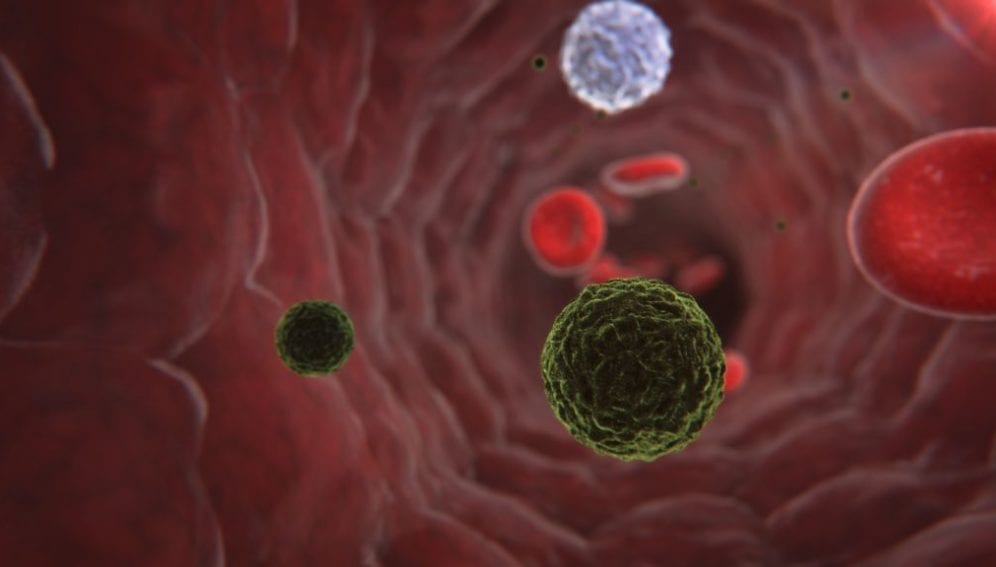Send to a friend
The details you provide on this page will not be used to send unsolicited email, and will not be sold to a 3rd party. See privacy policy.
 Chitra Pattabiraman, who has been recommended for a fellowship funded by India’s Department of Biotechnology (DBT) and Wellcome Trust, says her work will help develop an effective vaccine against multiple dengue strains.
Chitra Pattabiraman, who has been recommended for a fellowship funded by India’s Department of Biotechnology (DBT) and Wellcome Trust, says her work will help develop an effective vaccine against multiple dengue strains.
In this interview to SciDev.Net, Pattabiraman, a post-doctoral research fellow at the National Centre for Biological Sciences, Bangalore, explains the importance of mapping circulating dengue, so that vaccines can deal effectively with the new and diverse strains of the deadly virus.
What are you presently doing in your lab?
We are interested in mapping circulating dengue strains: what are they, how different are they from each other and from new viruses. We want to catalogue the viruses. When one strain gets replaced by another, there is greater possibility of an outbreak. It is possible that my blood has the viruses for dengue (viremia) but I don’t show the disease. All of us have antibodies for dengue but that may not be enough to protect against a new strain.
If there is a new vaccine will it protect against a new strain or will children and older people have to be revaccinated?
For the Influenza virus every year, WHO makes a prediction about whether the emergent virus can be controlled by the existing vaccine or people may have to be revaccinated. I would also like to characterise circulating dengue strains and acute encephalitis organisms that cause brain fevers in India and cause many deaths and also cause brain damage in people who recover from the infection.
What is the thought behind the work?
The idea is to see if we can we identify novel pathogens of two types — unexpected ones that cause a fever. We know of the existence of the Zika virus but only now have associated it with a disease. And also discover novel viruses, that we don’t know but with dengue-like symptoms.
In acute encephalitis (AE), in 70—80 percent cases the causal agents are unknown. In India it affects children. In South India it is endemic and in North India AE causes an epidemic that peaks in October and ends in December. Twenty-five per cent die, can go up to 90 per cent. Causal agents may also be allergens. Those who recover have brain damage and need help throughout life. We know one causal agent for Japanese Encephalitis and there is a vaccine for this. Other viruses causing AE are West Nile, dengue, Chikungunya viruses and others.
Where do you start?
We are currently trying to sequence the dengue viruses from the samples of about a 100 people who are infected. We are planning a large-scale experiment and do have a complete sequence of dengue virus 3. Dengue 1 is more prevalent right now in India.
When we sequence a hundred samples, the same strain may be present in more than one and chances are they will overlap. We are hoping that it will give us an idea of the diversity in the dengue viruses.
Have dengue viruses been sequenced in other parts of the world?
People have sequenced dengue viruses for phylogenetic analyses in other parts of the world. In India too, people have sequenced dengue viruses but complete genomes are rare. For dengue virus 3, from 1947 till now only eight complete genomes exist in India. In other parts of the world, a few more exist. But this group of viruses may have many strains and different mutations among them, too.
There is a geographical element in the way viruses cluster together as found in South American, Asian, Sri Lankan and Bangladesh dengue viruses.
What is the significance of your work?
Our work will help to predict if the vaccine will work and will also help to understand vaccine failure. We can study the gene flow of the viruses, the clusters of the viruses and perhaps diagnostics of dengue.
Antibodies to dengue may not neutralise all the viruses in the same serotype. Then we need to know the kind of antibodies the vaccine may generate; we will know that if we know the strains. Dengue 1,2,3 and 4 are circulating in India right now.
Recent data does not make it clear if a dengue vaccine will make people immune in a different country. Yet, the herd immunity in that country where many people have been vaccinated will not let the virus propagate, one hopes..
What future research plans do you have?
I am interested in viruses causing AE in brain infections and in acute fevers. I want to understand disease mechanisms, how viruses enter the brain and interact with cells there, called the breach of the blood brain barrier. I would also like to see a circulating data base of virus sequences.














